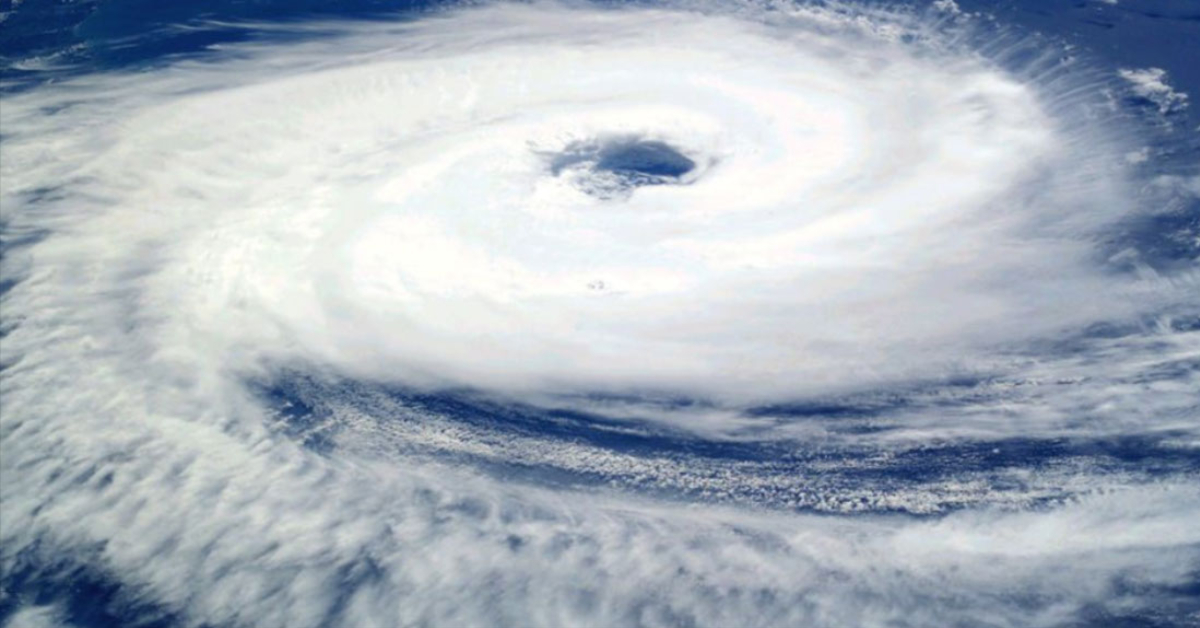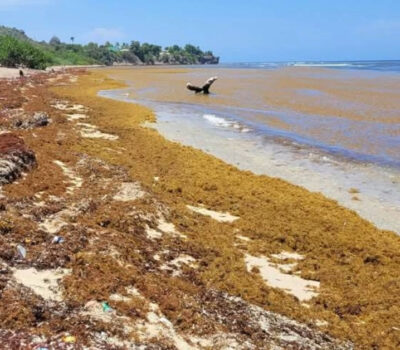Puerto Vallarta (PVDN) – As the calendar flips to May, residents along the Pacific coast of Mexico brace themselves for the onset of the Pacific Hurricane Season, which officially begins today, May 15th, and runs through November 30th. Puerto Vallarta is no stranger to the power of Pacific Hurricanes.
The most devastating in recent memory is Hurricane Nora in 2021, one of the most costly hurricanes in Puerto Vallarta’s history, and Nora was only a Category 1 storm and did not make landfall in Puerto Vallarta.
It is true that landfall in Puerto Vallarta is a once-in-a-decade event, but Puerto Vallarta has a long history of flooding, mudslides, and damage by hurricanes that do not make landfall in the area. Flooding is a major issue during the rainy season in the city even without the passing of a hurricane. Don’t believe the hype that the mountains and Bay will keep you and your property safe 100% of the time. Those of us who live in Puerto Vallarta know better.
Can A Hurricane Cause Damage Without Landfall?
The menace of a hurricane is often associated with its devastating landfall, the moment when the eye of the storm crosses onto the coast. However, hurricanes can inflict severe damage on coastal areas even without making direct landfall. Puerto Vallarta has witnessed this firsthand.
Hurricanes are vast, complex systems that can span hundreds of miles. As such, their effects can be far-reaching, extending well beyond the eye of the storm. Even if a hurricane doesn’t make landfall, it can still cause significant damage to coastal regions in several ways.
One of the primary threats posed by a near-miss hurricane is storm surge. This phenomenon occurs when the force of the storm pushes a mound of ocean water towards the coast, resulting in temporary sea-level rise. Storm surges can cause extensive flooding, often the most damaging aspect of hurricanes. Even if the hurricane doesn’t make direct landfall, the surge can reach the coast, inundating homes, eroding beaches, and damaging infrastructure. Just last year, Puerto Vallarta’s Malecon suffered damage from storm surges during the hurricane season.
Another risk is high winds. While the strongest winds are typically near the hurricane’s eye, powerful gusts can extend far from the center. These winds can lead to coastal erosion, damage structures, and create dangerous debris.
Heavy rainfall is another issue. The outer bands of a hurricane can dump significant amounts of rain, causing severe flooding even if the storm’s center remains offshore. This is the case in Puerto Vallarta where flooding is the most damaging part of any hurricane passing the Bay. This can result in damage to property and loss of life, particularly in low-lying areas not adequately prepared for such rainfall, such as those structures around the Rio Cuale.
Preparing for Hurricane Season
Preparation for these natural events is vital to safeguard lives and property. An essential part of this preparedness is creating a hurricane survival pack. This kit should include a minimum of three days’ worth of non-perishable food and water (one gallon per person per day), a first-aid kit, prescription medications, and flashlights with extra batteries should be included. Important documents such as passports, birth certificates, and insurance papers should be kept in a waterproof container. Don’t forget pet supplies if applicable.
While material preparations are necessary, residents and tourists alike should also be aware of emergency plans and evacuation routes. When a hurricane warning is issued, it’s crucial to follow the advice of local authorities, whether that means evacuating or sheltering in place. At the bottom of this article, I have included the addresses of shelters in Puerto Vallarta that are opened when needed.
Securing your home is another step to minimize damage. This includes reinforcing doors and windows, trimming trees, and securing outdoor objects that can become dangerous projectiles in high winds. If an evacuation is ordered, turn off utilities and disconnect appliances to reduce the risk of electrical shocks when power is restored.
Living in a hurricane-prone area like Puerto Vallarta necessitates understanding the power of these storms and taking the necessary precautions. By being prepared, residents and visitors can significantly reduce the impact of these storms and ensure they are ready to weather whatever the Pacific Hurricane Season brings.
Every year, I put all my supplies into a large plastic tote box, and luckily I don’t use anything throughout the season most years, and I take the opportunity in November to donate the items to charity. So preparing for the chance of a natural disaster still ends in a good deed and not the feeling of a waste of time or money. Someone can always benefit.
My hurricane experience stretches 50 years. I was born on the Florida Coast and lived along the Eastern Coast of the US all my life before moving to Puerto Vallarta nearly two decades ago. Hurricanes have always been a part of my life, and with the right preparation, you will feel more confident and less fearful when you see the news of a hurricane developing. This is part of coastal living.
Storm Shelter Locations in Puerto Vallarta

Puerto Vallarta (PVDN) - As the calendar flips to May, residents along the Pacific coast of Mexico brace themselves for the onset of the Pacific . . .












